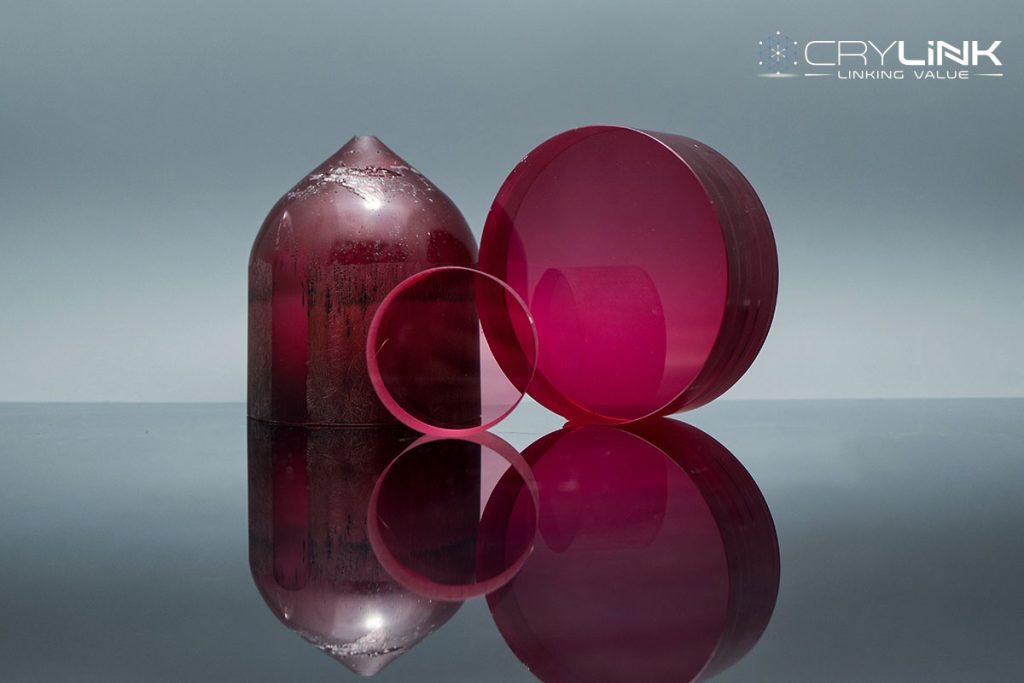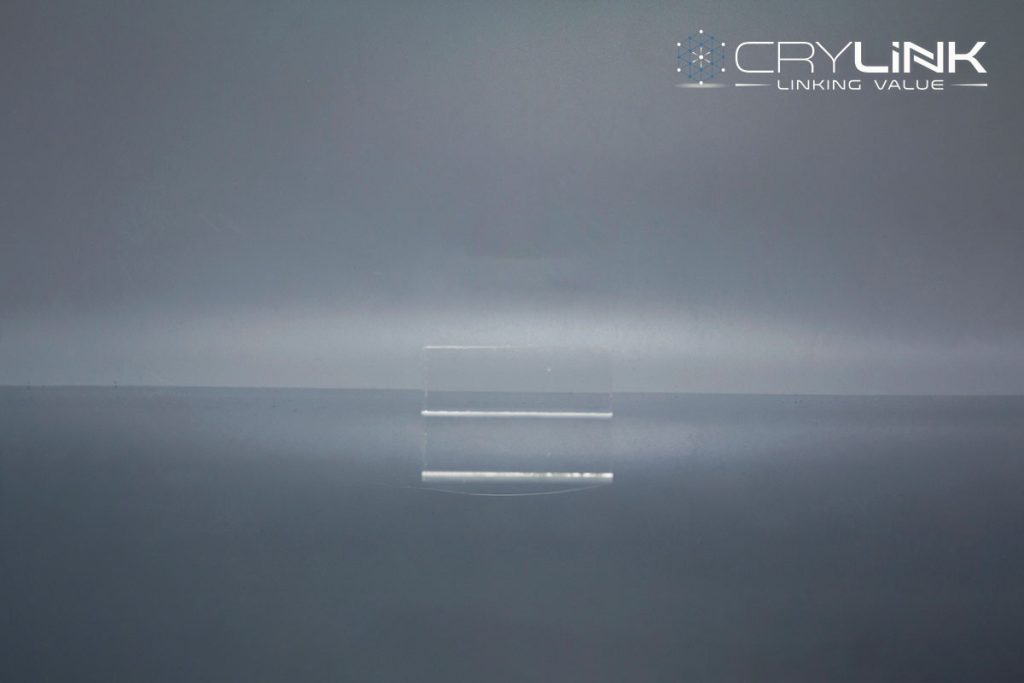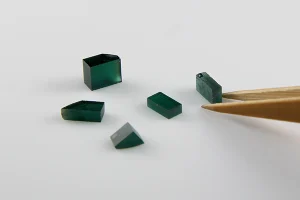Introduction
When it comes to ultrafast laser applications, Ti:Sapphire and Yb:KGW laser crystals dominate the scene. Each one brings unique characteristics, making them suitable for distinct applications.
Overview of Ti:Sapphire and Yb:KGW Laser Crystals
Titanium-doped Sapphire (Ti:Sapphire) and Ytterbium-doped Potassium Gadolinium Tungstate (Yb:KGW) are two powerful contenders in the ultrafast laser crystal domain. They both offer an array of advantageous properties, yet their optimal performance varies depending on the specific application.
Fundamental Properties: Ti:Sapphire and Yb:KGW
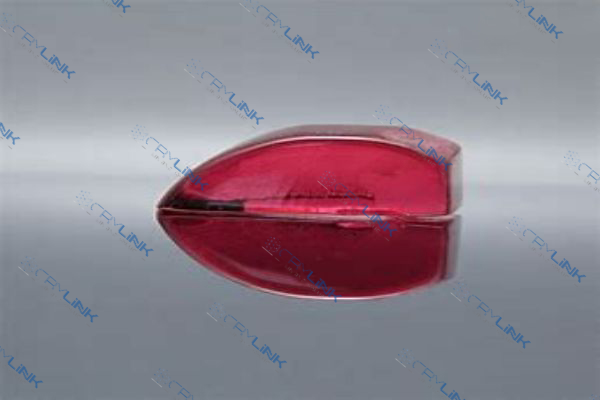
Ti:Sapphire
Ti:Sapphire has a large stimulated emission cross-section, a broad gain bandwidth, and high thermal conductivity. These features make it an ideal crystal for ultrafast applications, specifically those requiring wide tunability and short pulse durations.
Yb:KGW
Yb:KGW crystals are known for their large emission cross-section, high absorption at pump wavelengths, and high thermal conductivity. These characteristics result in efficient high-power laser operation, making them a good choice for applications requiring high peak power.
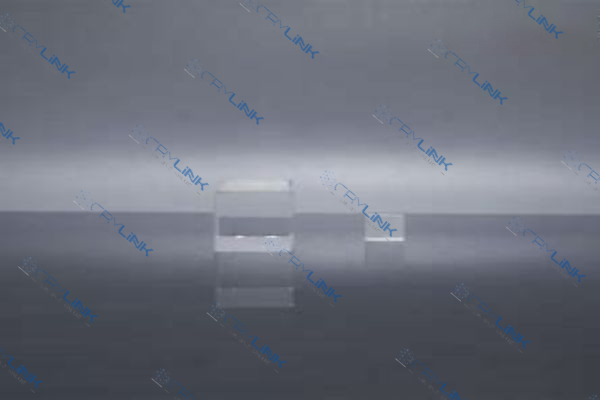
Performance Parameters: A Closer Look
Gain Bandwidth
The gain bandwidth is a central aspect that shapes the performance of ultrafast lasers. Its role extends far beyond just defining the pulse duration; it impacts the laser’s operational versatility and effectiveness in various applications.
Broad gain bandwidth, as possessed by Ti:Sapphire crystals, allows for the production of ultra-short pulses, giving rise to the term ‘ultrafast lasers’. These ultra-short pulses are instrumental in numerous applications, particularly those requiring high temporal resolution such as time-resolved spectroscopy, microscopy, and ultra-precise material processing.
Furthermore, a wider gain bandwidth provides a greater scope of tunability. This implies that the laser can operate efficiently across a broader range of wavelengths, making it more versatile and capable of catering to a wider array of applications.
However, while a broad gain bandwidth offers certain advantages, it also comes with challenges. Managing dispersion becomes more complex and crucial for maintaining optimal performance. Therefore, additional measures such as dispersion compensation techniques may be necessary.
In summary, the gain bandwidth of a laser crystal is a critical parameter that significantly impacts the performance, versatility, and complexity of ultrafast lasers. It’s essential to understand and consider its implications when selecting a laser crystal for ultrafast applications.
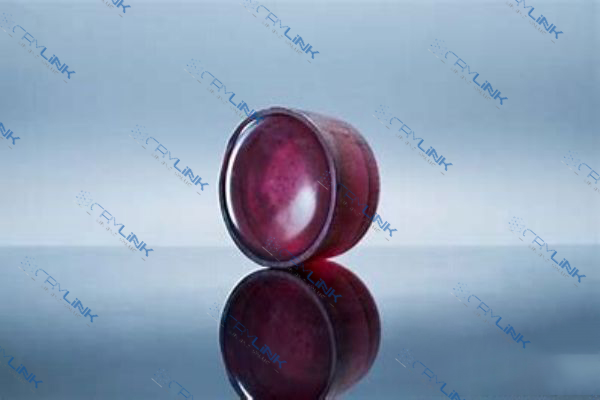
Thermal Conductivity
Thermal conductivity is an often overlooked but pivotal property of laser crystals, playing a fundamental role in maintaining stability, longevity, and overall performance.
In high-power operations, lasers generate substantial heat. The ability of a laser crystal to efficiently dissipate this heat directly impacts its performance. A crystal with high thermal conductivity, like Ti:Sapphire or Yb:KGW, can manage this heat generation effectively, ensuring consistent beam quality and power stability, essential for precision applications.
A higher thermal conductivity also protects the laser crystal from potential thermal damage. Excessive heat can lead to thermal lensing effects or even permanent damage to the crystal, thus shortening its lifespan. Efficient heat dissipation safeguards the crystal, leading to a longer operational life and reduced maintenance and replacement costs.
Furthermore, crystals with good thermal conductivity can handle higher pump powers, allowing for increased output power. This makes them suitable for high-power applications, such as materials processing or surgical procedures.
In essence, thermal conductivity serves as a cornerstone in preserving the longevity and ensuring the reliable operation of laser systems, making it a critical factor to consider in the selection of laser crystals.
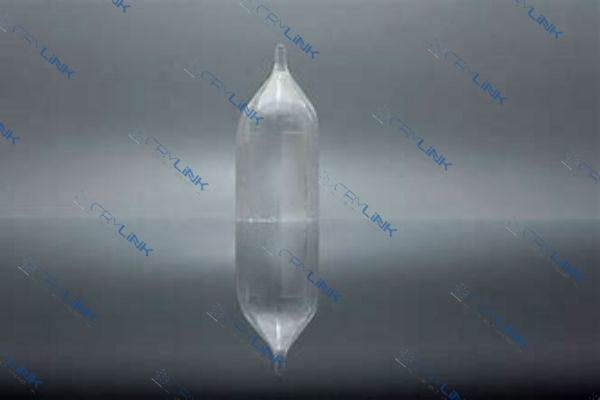
Absorption and Emission Cross-Sections
Absorption and emission cross-sections are fundamental properties of laser crystals that significantly influence their efficiency and functionality in ultrafast applications.
The absorption cross-section determines the ability of a laser crystal to absorb pump light. A large absorption cross-section, as seen in Yb:KGW, ensures efficient absorption of the pump power. This property is vital for the overall energy efficiency of the laser system, making it a crucial consideration for high-power or energy-sensitive applications.
On the other hand, the emission cross-section represents the capability of the laser crystal to convert the absorbed pump light into laser light. A larger emission cross-section translates to more efficient conversion, leading to a higher output power. This property, found prominently in both Ti:Sapphire and Yb:KGW, is particularly important in high-power laser systems where a high output power is desired.
Striking a balance between the absorption and emission cross-sections is key for laser efficiency. High absorption combined with high emission allows for the optimal conversion of pump power to laser light, thus maximizing the laser’s efficiency and output power.
In conclusion, understanding the absorption and emission cross-sections of laser crystals is crucial for optimizing the efficiency and power of ultrafast laser systems.
Factors Influencing Ultrafast Laser Performance: Gain Bandwidth, Pump Wavelength, and Mode-Locking Capabilities
When evaluating laser crystals for ultrafast applications, three crucial factors come into play: gain bandwidth, pump wavelength, and mode-locking capabilities. Understanding the nuances of these parameters is essential in optimizing laser performance.
Gain Bandwidth: The Backbone of Ultrafast Pulses
The gain bandwidth represents the range of wavelengths over which a laser medium can amplify light. This characteristic directly influences the pulse duration, dictating how short the pulses a laser can produce.
In ultrafast lasers, a wider gain bandwidth is often desirable because it facilitates the generation of incredibly short, or ‘ultrafast’, pulses. These ultrafast pulses are the lifeblood of many applications, from high-resolution microscopy to precision materials processing. The acclaimed Ti:Sapphire, for instance, boasts an unrivaled gain bandwidth, enabling the generation of femtosecond pulses — a key feature that underpins its widespread use in scientific research.
However, while a broader gain bandwidth affords shorter pulse durations, it’s crucial to consider other performance aspects, such as peak power and stability, which may be better served by a narrower gain bandwidth, as seen with Yb:KGW crystals.
Pump Wavelength: A Balancing Act of Efficiency and Versatility
The pump wavelength plays a pivotal role in determining the overall efficiency of a laser system. Each laser crystal has a specific wavelength range at which it absorbs pump light most efficiently, thus converting it into laser light.
For Ti:Sapphire, this is the green light, while Yb:KGW is optimally pumped in the near-infrared region. Choosing the correct pump wavelength is, therefore, a crucial factor in maximizing lasing efficiency.
Furthermore, the pump wavelength’s versatility can offer added advantages. Yb:KGW’s ability to absorb efficiently over a broader range allows for a greater selection of pump sources, granting more flexibility in system design and operation.
Mode-Locking Capabilities: An Ultrafast Imperative
Mode-locking is a technique employed in lasers to produce a train of ultrafast pulses. In the realm of ultrafast lasers, the ability to reliably achieve and maintain mode-locking is paramount.
Ti:Sapphire’s outstanding mode-locking performance allows for the generation of ultra-short, high-repetition-rate pulses, a feature exploited in high-precision applications such as time-resolved spectroscopy and nonlinear microscopy.
Yb:KGW, while not able to produce as short pulses as Ti:Sapphire, delivers excellent stability in its mode-locked operation, a trait that proves crucial in high-power industrial applications where reliability is key.
Strengths and Limitations of Ti:Sapphire and Yb:KGW: Pulse Duration, Power Output, and Spectral Range
Ti:Sapphire and Yb:KGW laser crystals each possess unique strengths and limitations, particularly when assessing pulse duration, power output, and spectral range. Let’s dissect these aspects to help determine which crystal best aligns with your specific application.
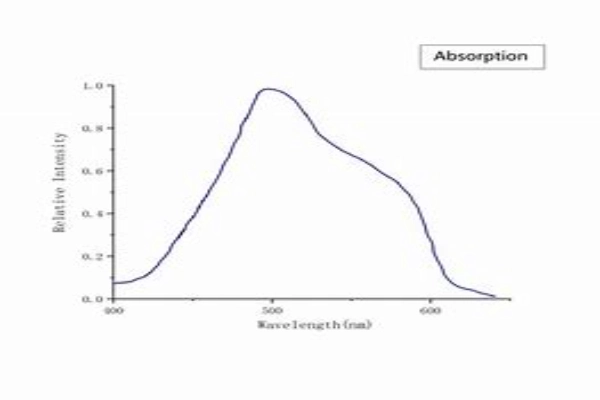
Pulse Duration
Ti:Sapphire
Ti:Sapphire laser crystals stand out due to their exceptionally short pulse duration, made possible by their broad gain bandwidth. This makes them ideal for applications that require high precision, such as spectroscopy and microscopy.
Yb:KGW
While Yb:KGW crystals may not match Ti:Sapphire in terms of short pulse duration, they are still capable of delivering ultrafast pulses, with durations typically in the picosecond to femtosecond range.
Power Output
Ti:Sapphire
The power output of Ti:Sapphire lasers is generally lower compared to Yb:KGW lasers. This, along with their short pulse duration, makes them suitable for low-power, high-precision applications.
Yb:KGW
Yb:KGW lasers, in contrast, are known for their high power output and peak power. This, coupled with their good thermal conductivity, makes them a robust choice for high-power applications such as materials processing and surgical procedures.
Spectral Range
Ti:Sapphire
Ti:Sapphire lasers operate in a narrower spectral range, from red to near-infrared. This narrow range can limit their versatility in certain applications.
Yb:KGW
Yb:KGW lasers exhibit a broader spectral range, increasing their versatility and suitability for a wider array of applications.
Conclusion
Choosing between Ti:Sapphire and Yb:KGW laser crystals for ultrafast applications depends largely on the specifics of the application. While Ti:Sapphire offers short pulse duration and wide tunability, making it ideal for high-precision applications, Yb:KGW offers superior power output and broader spectral range, which are essential for high-power applications. Therefore, understanding the strengths and limitations of each material is crucial to harness their capabilities effectively.
FAQs
- What are the main applications of Ti:Sapphire and Yb:KGW laser crystals?
Ti:Sapphire is commonly used in spectroscopy, microscopy, and ultrafast pulse applications, while Yb:KGW is used in materials processing and surgical procedures.
- What is the significance of gain bandwidth in ultrafast laser applications?
Gain bandwidth influences the shortest achievable pulse duration. A broader gain bandwidth, as seen in Ti:Sapphire, allows for extremely short pulses.
- How does the pump wavelength affect laser efficiency?
Pump wavelength impacts the lasing efficiency, with different laser materials optimized for specific wavelengths. Ti:Sapphire is efficiently pumped with green light, while Yb:KGW can be pumped across a broader range in the near-infrared region.
- Which laser crystal has superior mode-locking capabilities?
Both Ti:Sapphire and Yb:KGW exhibit good mode-locking capabilities, though they perform differently. Ti:Sapphire generates ultra-short pulses with high repetition rates, while Yb:KGW offers consistent output and reliability.
- Which laser crystal is better for high-power applications?
For high-power applications, Yb:KGW is generally preferable due to its high peak power and broader emission spectrum.

